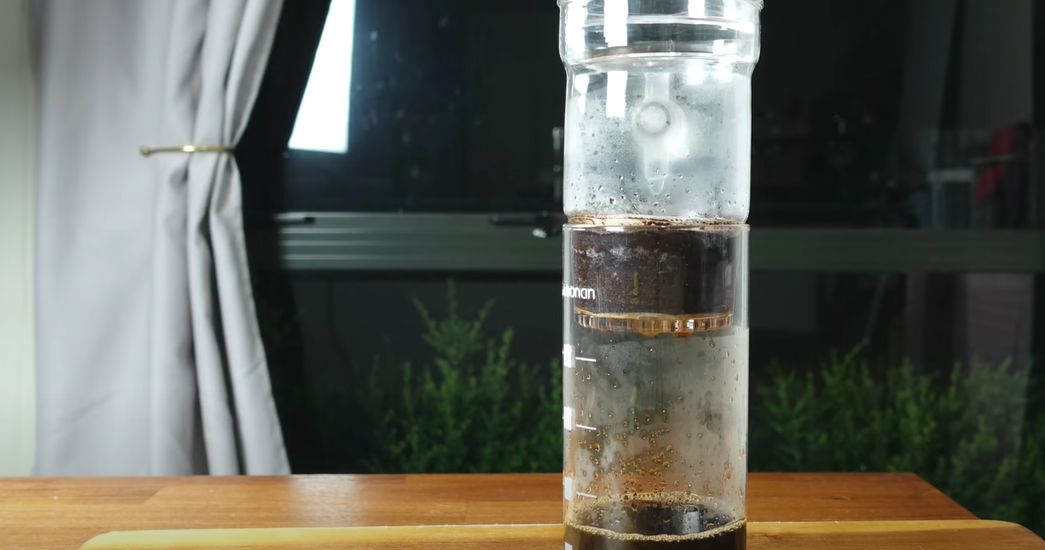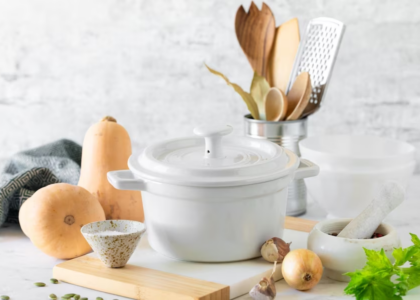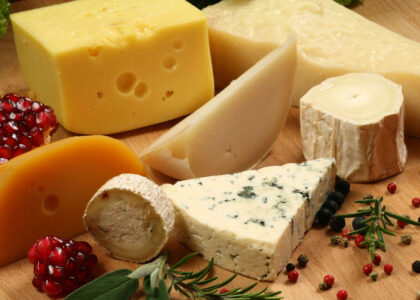“Dutch Coffee,” also known as cold drip coffee or Dutch drip coffee, is brewed using a time-honored method that yields a flavour profile unlike any other type of coffee. Dripping cold water very slowly and carefully onto a bed of coffee grounds is the essence of this approach. Depending on the brewing equipment and desired strength, this procedure might take anywhere from three to twenty-four hours, but the product is well worth the effort. The Dutch way of brewing coffee produces a beverage that is far less acidic and bitter than other methods, and has a distinctively smooth, sweet, and aromatic flavour.
Deep Dive into History
Dutch coffee has been around since the heyday of the Dutch Republic, the 17th century. Dutch seamen played an important role as merchants and forged close ties to nations that produced coffee. However, they ran into trouble when their freshly brewed hot coffee went stale over the ship’s lengthy crossings of the ocean. This problem prompted the creation of the cold drip brewing method, which not only improved coffee’s shelf life without diminishing its flavour, but also gave rise to a delicious new style of coffee that has persisted to the present day.
Science Behind the Brew: The Cold Drip Method
Making authentic Dutch coffee is less of a complicated process and more of an exercise in precision and patience. The brewing procedure is described in detail below:
1. Understanding the Apparatus
There are three primary components of a standard Dutch coffee brewing setup:
- The Water Container (upper part): The iced or chilled water for brewing is stored here;
- The Coffee Grounds Container (middle part): The coffee grounds, hand-picked and finely milled to perfection, are stored here;
- The Coffee Concentrate Collector (bottom part): The slow-dripping coffee concentrate is collected here, and the process is often admired for its aesthetic value.
2. Preparation Phase
The procedure starts with the coffee grinds being prepared. The beans used to make the coffee are very important. Because the Dutch method of brewing coffee extracts flavors slowly and reduces bitterness, it highlights subtle nuances in the coffee. As a result, a bean with a light to medium roast that highlights fruity or flowery notes can be ideal. Dutch coffee’s flavor can also be affected by the coarseness of the grind. A medium-coarse grind is used because it allows for efficient extraction without requiring extremely fast or extremely sluggish water flow.
3. Brewing Process
Cold water is poured into the top container after the coffee grinds have been prepared and placed in the middle container. Slowly dripping water from the larger container onto the coffee grounds is achieved by adjusting the valve between the two smaller containers. After percolating through the coffee grounds, the water collects at the bottom as a concentrated coffee brew, rich with flavour and colour. The flavour of your coffee can be drastically altered by adjusting the drip rate. The longer the coffee is extracted at a slower drip rate, the more concentrated the final product will be.
The following is a rundown of the various variables that enter into the brewing process:
| Factor | Influence |
|---|---|
| Coffee beans | Light to medium roast, fruity or floral flavors are preferred |
| Grind size | Medium-coarse grind facilitates optimal extraction |
| Water temperature | Cold water (with or without ice) used for slow extraction |
| Drip rate | Slower drip rate leads to stronger coffee due to prolonged extraction |
4. Enjoying the Brew
When the brewing procedure is complete, the coffee concentrate gathered in the bottom container can be consumed in different ways. It can be eaten straight for a robust coffee experience, diluted with water or milk for a gentler version, or used as a base for various coffee beverages.
The Flavorful Profile of Dutch Coffee
The distinctive flavor profile of Dutch coffee is one of its most striking features. Because bitter and acidic components are less likely to be extracted with cold water, the resulting coffee is exceptionally pure and refined. In contrast to beers made with hot brewing processes, this one has a robust body and a consistent flavor throughout.
The more nuanced flavors of coffee are brought out by its particular profile. Flavors like fruit, flowers, nuts, and chocolate can all be extracted from coffee, depending on the beans used. Dutch coffee provides a novel perspective from which to enjoy the complexities and subtleties of different beans.
The Global Influence and Variations of Dutch Coffee
Although the tradition of making Dutch coffee began in the Netherlands, it has now spread over the world. Dutch coffee is referred to as Kyoto-style coffee in Japan, where it is held in high regard and considered an art form in its own right. Dutch coffee is also widely featured in Korean cafes, with much care taken in the brewing process and often served in wine glasses to highlight its unique characteristics.
Coffee beans, grind size, drip rate, and even the type of water used might vary from place to region, and there are also regional preferences for other aspects of making coffee. Despite these differences, the underlying notion of producing a coffee brew that distinctively showcases the flavors remains the same.
Conclusion
Dutch coffee takes you on a riveting voyage through time, replete with scientific breakthroughs and an unyielding devotion to the art of coffee, and it rewards you with a symphony of complex flavors that dance on your palette. Dutch coffee calls you to revel in its magnetic attraction, transporting your senses to sublime regions of gustatory pleasure, whether you’re an avid expert eager to explore the vast domain of coffee or a casual sipper in quest of a velvety, mellow brew with a delicate acidity.
FAQ
Both cold brew and Dutch coffee are made with cold water, although the two are extracted in distinct ways. Dutch coffee uses a slow drip process, whereas cold brew calls for steeping coffee grounds in cold water for several hours.
Because less acidic components are extracted when making Dutch coffee, it can be stored for up to two weeks in the fridge without losing much of its flavor.
You can do that, of course! Even though authentic Dutch coffee brewers tend to be on the costlier side, there are still plenty of low-priced alternatives available for home usage.
The delicate flavors of any coffee can be brought out by the Dutch coffee method of extraction. Light to medium roasted beans with a fruity or floral flavor characteristic are, however, frequently preferred.
Absolutely! A warm cup of coffee can be made by adding Dutch coffee concentrate to hot water or milk.
Yes. It’s true that Dutch coffee makes a great foundation for other kinds of coffee drinks. It has a distinct flavor that can be used to spice up ordinary coffee.















